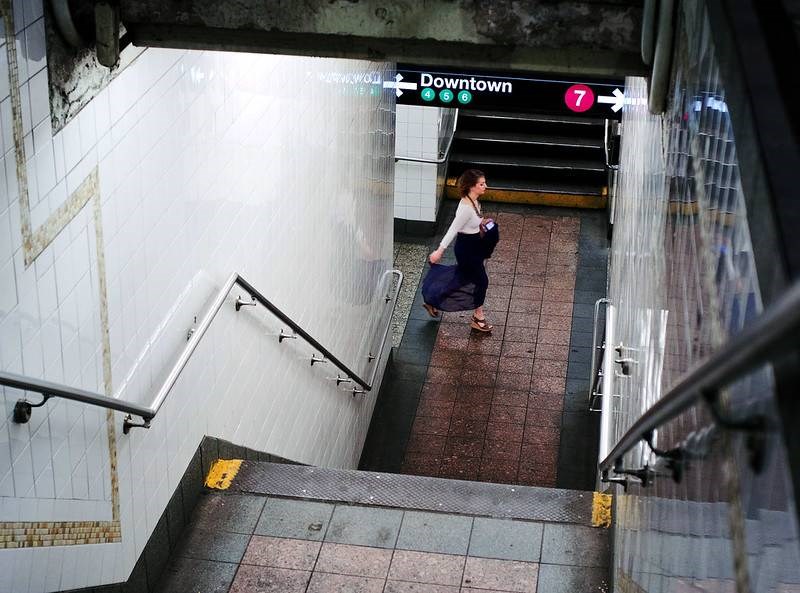The MTA has put up a want ad for companies seeking to install platform barriers at three stations in the subway system, reports The City.
Last Wednesday the company appealed to firms interested in designing and building platform screen doors. The estimated $100 million pilot program is supposed to test barriers designed to keep riders from being pushed, accidentally falling or intentionally going onto the tracks, which the MTA recommitted themselves to testing earlier this year after the death of Michelle Go, an innocent rider was pushed in front of a Brooklyn-bound R train.
“It is symptomatic of government that it first wants to resist, then it takes a long time before ultimately seeing some wisdom and doing it,” stated Charles Moerdler, a lawyer and former housing commissioner who repeatedly called for platform doors while serving on the MTA board from 2010 to 2019. “The theory, then, is better late than never.”
After years of blaming engineering issues and enormous costs making the barriers an unfeasible project, the MTA backtracked in February. Now they are looking to install platforms at the No. 7 line stop at Times Square-42nd Street, at Third Avenue along the L and the curved stop on the E at Sutphin Boulevard-Archer Avenue-JFK Airport.
At the three stations being tested, existing platforms would have to be rebuilt to ensure they can support the weight of the barriers, existing tracks may need to be replaced and control rooms will need to be built to house system equipment and spare parts. In addition to this, the planned platform doors will be required to align with where subway car doors open and must all be in compliance with Americans with Disabilities Act (ADA) regulations.
The current listing on the MTA website invites experienced design-build teams to submit statements listing their qualifications, which must include “experience in successfully manufacturing and installing platform screen door systems in a transportation environment” and having a track record of completing projects on time and on budget. And if this project is successful train stations across Brooklyn can also expect a necessary upgrade of their own.
“We’re glad to see the pilot program is moving along as promised — and that it includes maintenance,” stated Lisa Daglian, executive director of the Permanent Citizens Advisory Committee to the MTA. “This pilot program will help chart a course for the future of platform doors and help determine a path forward for rider safety, and hopefully address some of the questions that have arisen over the years about their effectiveness.”




